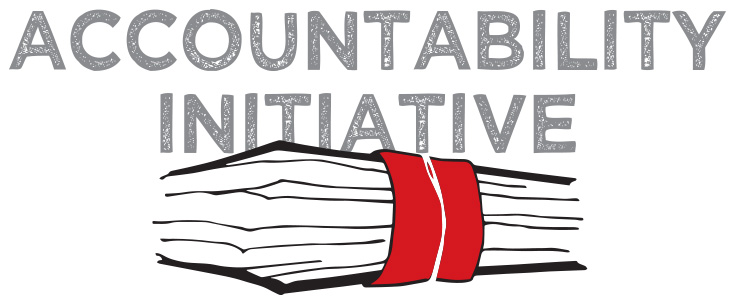
Right to Information: Need for an Enforcement Strategy
13 January 2010
Alasdair Roberts
The right to information is only meaningful if the law is properly enforced. We know this from common sense. Government officials who dislike the law will be tempted to ignore it if they believe that there will not be any consequences. Citizens will not make requests if they do not believe there is a quick remedy against stubborn bureaucrats.
The findings of some recent evaluations of the Right to Information Act are therefore worrisome. The report completed by the RTI Assessment and Analysis Group finds that information commissions received 86,000 appeals in the first two and half years of the law’s operation, but issued only 50,000 decisions. Inflow exceeds outflow, and the result is a growing inventory of cases within some commissions, and delays in handling individual investigations. The special committee that reported to the Fourth National Conference on RTI last October found a “huge pendency in disposal of appeals and complaints” in some places. The PriceWaterhouseCoopers study on RTIA said that rapid growth in number of appeals is “creating a grave situation which requires urgent intervention.”
India is not the only country to have encountered this problem. For example, the UK information commissioner also struggled with a backlog of appeals after the adoption of the Freedom of Information Act in January 2005. The advocacy group Campaign for Freedom of Information reported in June 2009 that one-third of appeals sat in the commissioner’s office for at least two years. The Campaign warns that these delays could threaten the law’s effectiveness. Citizens may become frustrated, and officials may exploit the fact that they can “safely withhold information for several years before the Commissioner compels disclosure.”Canada’s information commissioner also acquired a backlog of appeals in the late 1990s. Government departments were cutting their budgets and taking information requests less seriously. The inflow of appeals to the information commissioner rose, and the time required to resolve cases grew longer. Requesters became restless, and commission staff became demoralized.
Backlogs can develop for several reasons. One is a simple shortage of resources for resolving appeals. Another is lack of experience in handling a large number of appeals. In addition, the first cases received after adoption of a law may require more attention because they set important precedents. However, there is also a difficulty that is built into the design of every right to information law. Every law assumes that the main way to assure compliance is by resolving individual complaints and appeals. But if a commission cannot resolve cases quickly, bureaucratic incentives to comply with the law become weaker, yielding even more complaints and appeals. Under the right set of circumstances, the weakness of the enforcement process could become self-reinforcing.
The challenge is to find ways of breaking out of this cycle. One approach is to streamline investigations so that they can be completed more quickly. For example, the new UK information commissioner recently told his staff that they do not need to achieve a “gold standard” in decisionmaking in every case. This may mean less detailed investigations, less consultation with parties, or decisions that are less carefully reasoned. This approach is defensible, within bounds, but may provoke resistance from citizens or bureaucrats who believe that their concerns have been given short shrift.
Another approach is to apply heavy legal sanctions for non-compliance — so that officials are less tempted to take the “de facto time extension” that is provided because of backlogs within commissions. Of course, section 20 of the RTIA provides the authority to do this, even though commissioners have been reluctant to use the power, especially against lower-level staff. In the late 1990s, the Canadian commissioner’s approach was to use his formal investigative powers to take evidence from senior officials who could be held accountable for “systemic” problems. This caught their attention, although many officials were upset by what they saw as heavy-handed tactics.
There is also a third approach: a deliberate effort to identify and deal with parts of government that generate a disproportionately large proportion of a commission’s caseload. Rather than resolving a specific appeal, a commission can push a department to cooperate in a study of internal administrative practices that seem to produce a large number of appeals. Again, the RTIA gives commissioners unusual authority (in section 19(8)) to follow this path. But this sometimes requires a different skill set, with more emphasis on management policies and less on quasi-judicial resolution of cases.
Indian commissioners, like their counterparts around the world, must develop enforcement strategies to cope with two enduring realities: limited resources and an ambitious mandate. As we can see, there is no easy path: every tactic has potential benefits but also potential difficulties. Fortunately the RTIA gives ample opportunity for experimentation and learning. This is a critically important part of the RTI project. As Laura Neuman has recently observed in World Bank report, “if there is a widespread belief that the access to law will not be enforced, the right to information becomes meaningless.”
Alasdair Roberts is a professor of law and public policy at Suffolk University Law School in Boston, USA. He is a specialist on access to information law. His web address is http://www.aroberts.us





